It’s Okay to Not Be Okay: Whose Story Matters?
Images taken from Netflix
Editor’s Note: This review contains mild spoilers.
Like most people, I only started watching Netflix’s recent K-drama, “It’s Okay to Not Be Okay”, to check out Kim Soo-hyun’s long-awaited comeback to K-dramaland.
But as soon as the opening sequence began, I was completely sucked into the whimsical, Tim Burton-esque story of a beautiful girl trapped in a tower by herself because the world sees her as a “monster who brings along the shadow of death.” In those brief three minutes, we get a glimpse of the kind of life our female protagonist, Ko Mun-yeong (played by Seo Ye-ji) leads, and it’s a dark and lonely one.
There was something about her chilling loneliness and that aching desire to be loved underlying her destructive actions, that drew me in—and I wanted to find out more about her story.
Billed as a “healing” drama (a drama in which the characters experience some form of psychological healing or catharsis through their interactions with each other), “It’s Okay to Not Be Okay” wasn’t exactly the most comforting or therapeutic watch. Far from delivering the kind of escapism we’re all longing for in the dreariness of COVID-19, the unflinching and intense portrayal of these characters’ lives and healing process challenges us to confront the kind of stories we tell ourselves about who we truly are and what we can become.
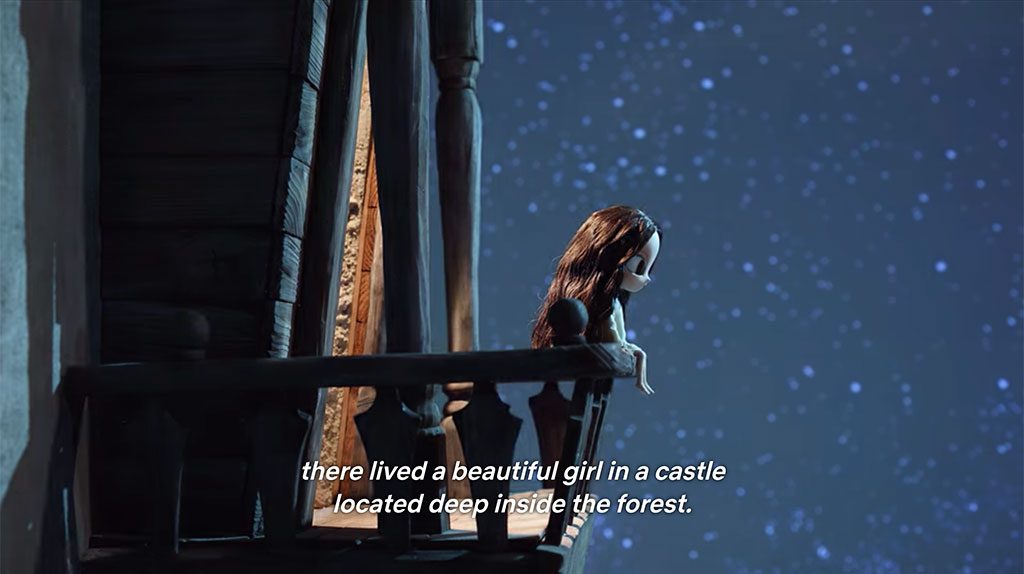
What Stories Are You Holding on to?
At the heart of “It’s Okay to Not Be Okay” is a ragtag band of characters struggling with different issues of their own. Each of them holds on to a destructive narrative about themselves that’s holding them back from truly living.
First, there’s Mun-yeong, a best-selling children’s book author who grapples with an antisocial personality disorder that makes her a pain to be around with. She lives in the shadow of her past, in a gothic, abandoned mansion that still bears the ghosts of her miserable childhood, where she was repeatedly told that she will grow up to be a monster and can never escape her fate.
And then there’s our male protagonist, Moon Kang-tae (played by Kim Soo-hyun), the kind, caregiving nurse at the OK Psychiatric Hospital who keeps his emotions and thoughts to himself. Kang-tae grew up believing that the sole reason his mother gave birth to him is so he could take care of his older, autistic brother. As a result, he’s torn between being responsible for his brother and resenting him for it.
Rounding up our trio is Kang-tae’s hyung, or older brother, the dinosaur-loving Sang-tae (played by Oh Jung-se) who has autism and expresses himself best through art. Most of the time, he’s happy-go-lucky, but he also suffers from a post-traumatic fear of butterflies, after witnessing his mother being murdered.
As the three characters’ lives become more entwined, the brothers move into Mun-yeong’s mansion where they each learn to let their guard down and trust one another, and begin to find forgiveness, friendship, and a family as they face their fears together.
All seems to go well for our little family until we reach the climax of the drama, where we discover, along with the characters, the devastating truth behind the drama’s central mystery—the identity of the person who killed the Moon brothers’ mother—which threatens to ruin the kinship they’ve built. Each character responds to the reveal in a different way—and discovers these three reassuring lessons on their journey towards healing.
It’s okay to . . . face your fears.
Sang-tae is the sole witness to his mother’s murder but the only clue we get to the identity of the murderer is that it’s connected with his fear of butterflies. Through a series of events, he discovers that the key to his healing isn’t to erase the trauma of his memory or to run away from it, but to overcome it and “cover it with something better.”
As Sang-tae learns, the road to healing requires us to take that first step to find a door out of our past or risk locking ourselves up in a dungeon of our own miseries, replaying the past over and over again.
But when it feels too overwhelming to face and overcome our fears alone, we can remember . . .
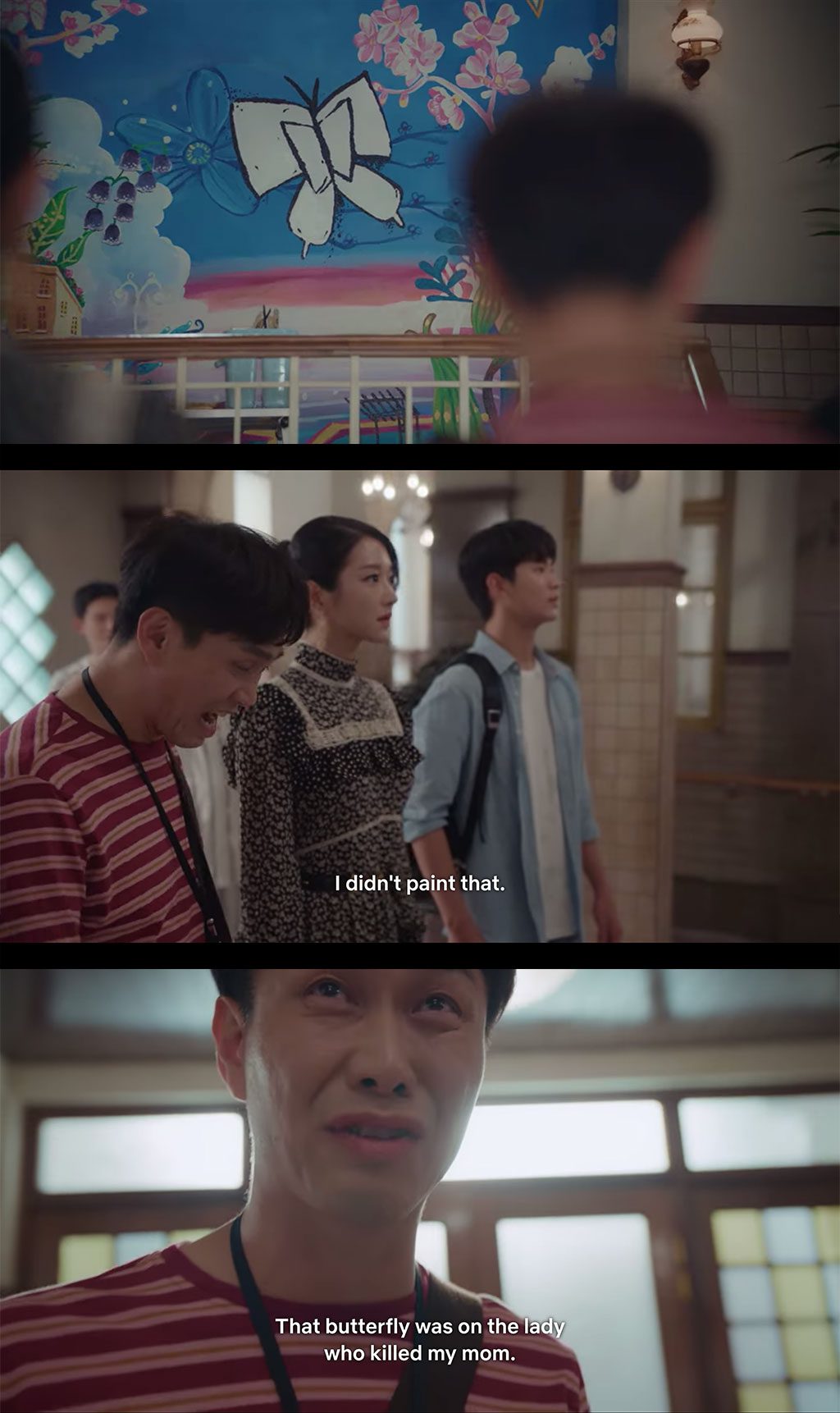
It’s okay to . . . lean on others.
For Mun-yeong, the discovery leaves her drained and feeling like she had “no more stories” to write or tell, but Sang-tae’s persistence pushes her to complete the one last story (at least for the timeframe of the drama) that she needed to write, “Finding the Real Face”. It’s a story that parallels the three main characters’ own journey into discovering their “truest self”.
In the story, the three main characters—the emotionless princess, the masked boy, and the box ajusshi—go on a road trip to recover their “real faces”, which the evil Shadow Witch has stolen from them. Along the way, they meet different characters (who bear some similarities with the characters they encounter throughout the show’s 16-episode run) who each help them uncover an insight or find the courage to break free of their narratives and inch closer to finding their “real faces”.
It’s the only story Mun-yeong has written that doesn’t end on a sadistic and tragic note, with the main character abandoned and left to fend for himself. In this story, she’s found not just a new face and identity, but a new hope and a family that sees her and accepts her for who she is, not a shadow of someone else, or the sum of her parents’ mistakes, or the harsh words that have been spoken over her.
By themselves, they couldn’t muster the strength to outwit the Shadow Witch’s schemes. Only when all three of them joined forces—using their strengths and weaknesses to cover over each other’s—did they manage to defeat the Shadow Witch and find the path to their “happily ever after”.
And if that’s the kind of strength these characters can yield by depending on each other, imagine what can happen if we lean not just on each other’s strength but also the strength we have in Christ? As Ecclesiastes 4:12 puts it, “Though one may be overpowered, two can defend themselves. A cord of three strands is not quickly broken.”
By ourselves, we might feel easily discouraged and outnumbered as we fight the schemes of the enemy, but as Paul reminds us in 1 Corinthians 12, God created the body of Christ in such a way that we need to lean on each other, and that we’d need each other to see, hear, walk, and move as His representatives here on earth. Perhaps then we’d also have the kind of perspective and understanding that would enable us to tell each other . . .
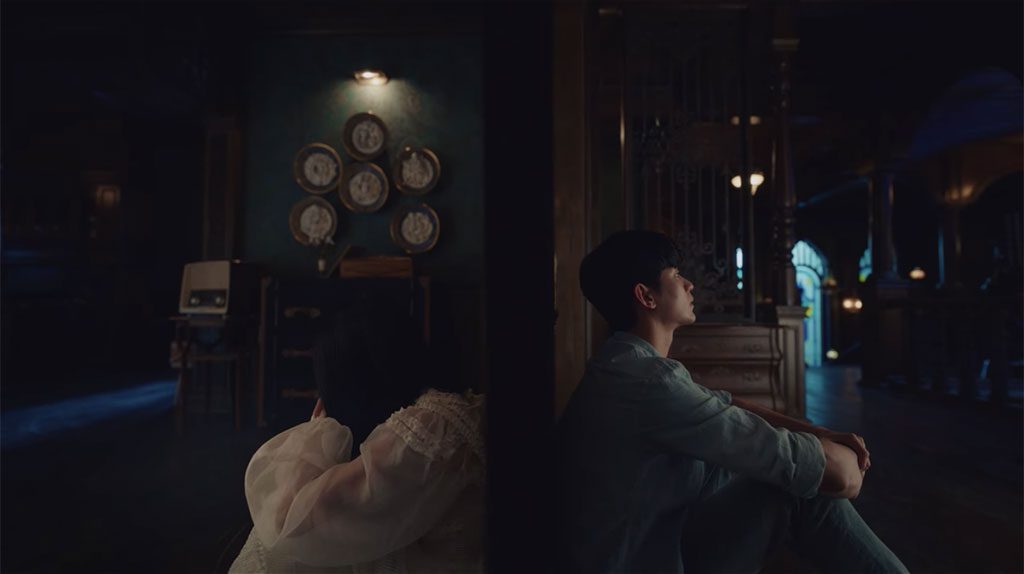
It’s okay to . . . take your time to heal.
The most beautiful and moving scenes in “It’s Okay to Not Be Okay” are the ones where the characters learn to hold space for each other as they fight their own battles and figure a way out of them.
The show brings us deep into the often difficult, uncomfortable, and time-consuming process of healing and shows us how the characters grow in the way they relate to each other—learning to demonstrate the kind of love that Paul talks about in 1 Corinthians 13:4-7, one that doesn’t “insist on its own way” or is “irritable and resentful”, but one that bears with the other person in patience and kindness.
It was also endearing to see how Mun-yeong and Sang-tae move from fighting for Kang-tae’s affections to learning to speak each other’s “language” and forming a solid friendship of their own.
As we watch the characters move towards their “happily ever after”, it left me thinking about the way we respond to the stories or darkest secrets we hear from each other. Are we telling the people around us stories of defeat or hope? And when we’ve reached the end of ourselves, whose story will we listen to?
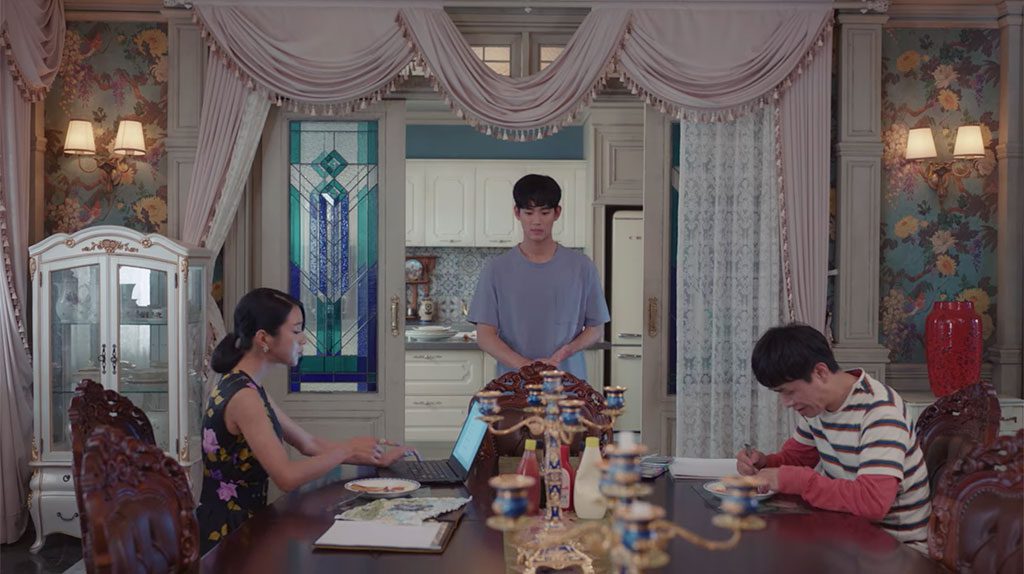
Whose Story Will You Listen to?
“It’s Okay to Not Be Okay” shows us the destructive effect words can have on the way we live (James 3:5-6), and the danger it poses when we allow our lives to be defined by these narratives. As Christians, we have access to the greatest story—the story of the gospel. It’s a story that’s more real, wondrous, and awe-inspiring than the most well-stitched fairy tales.
The gospel tells us that it doesn’t matter what story we—or others around us—have used to define our lives. Perhaps like Mun-yeong, we’ve been told that we’re “failures” meant to be discarded. Or like Kang-tae, we’ve been led to believe that the value of our lives is tied to someone else. Or like Sang-tae, we might have felt like our weaknesses have been a lifelong burden to another person.
I pray that as we listen to the stories of deep brokenness that we hear, we will listen with “all humility and gentleness, with patience, bearing with one another in love” (Ephesians 4:2). Let’s help each other leave our past histories behind, and listen to the voice of that one Storyteller who already knows the beginning and the end of our stories. The one who will redeem every pain, every hurt, ever abuse we’ve experienced. The one who sees the scars on our bodies and covers it with something even more beautiful.
Jesus invites us to lay our stories down and enter into the story that He went into the depths of hell to win for us. It’s a story that we become a part of the moment we decide to choose the kingdom of light over the kingdom of darkness (Colossians 1:13-14)—it’s a story that gives us hope which overwrites and outlasts our deepest, darkest, most wretched stories. It’s the story that helps us find our place in this world, and it’s the only story that is true and worth believing in.
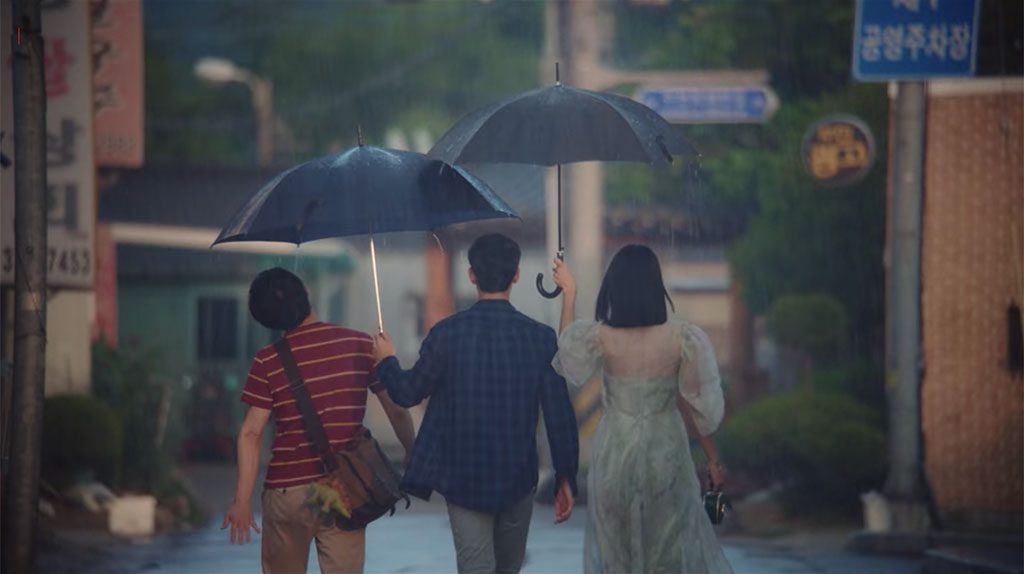

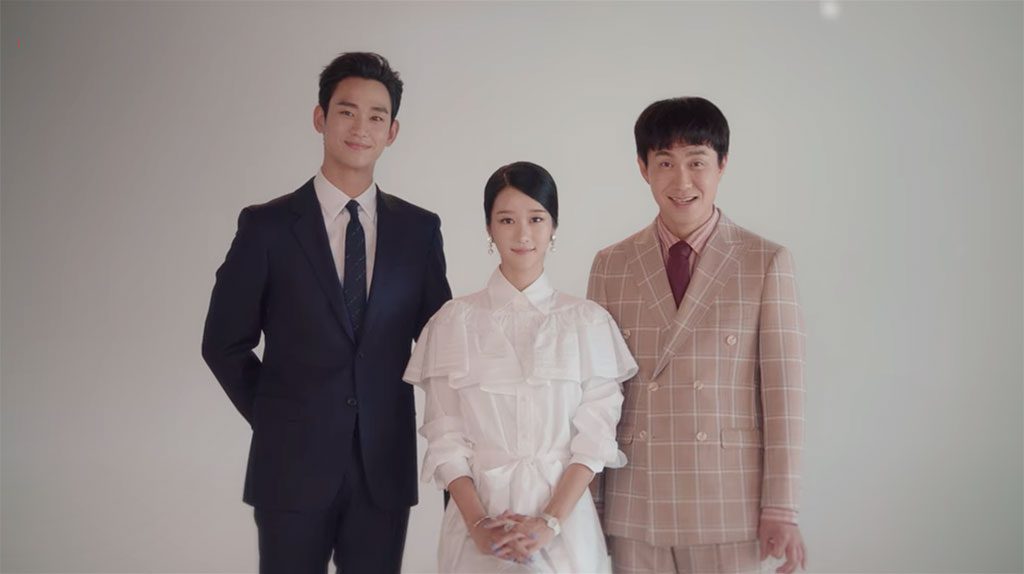
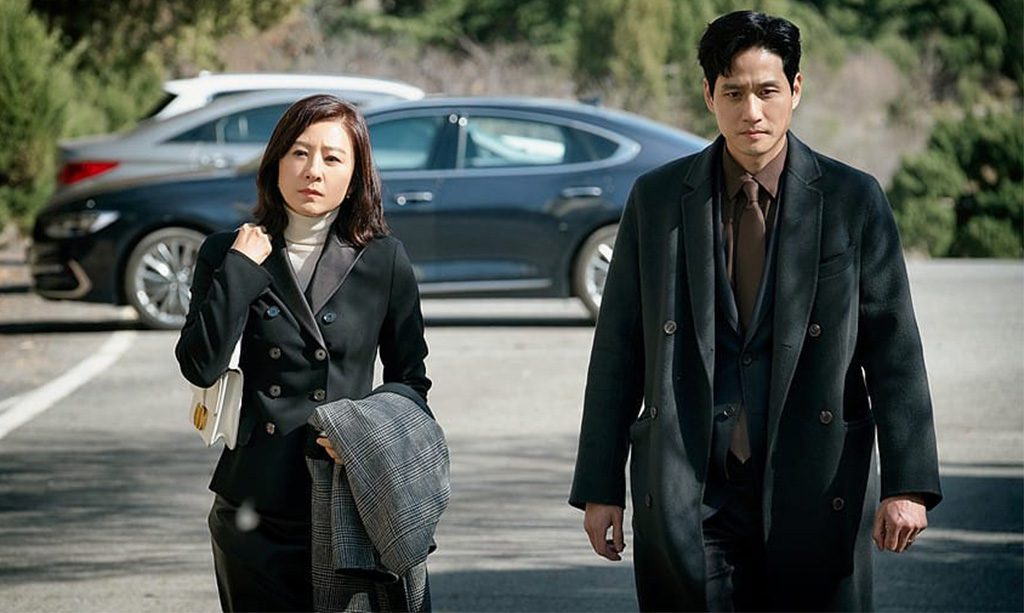
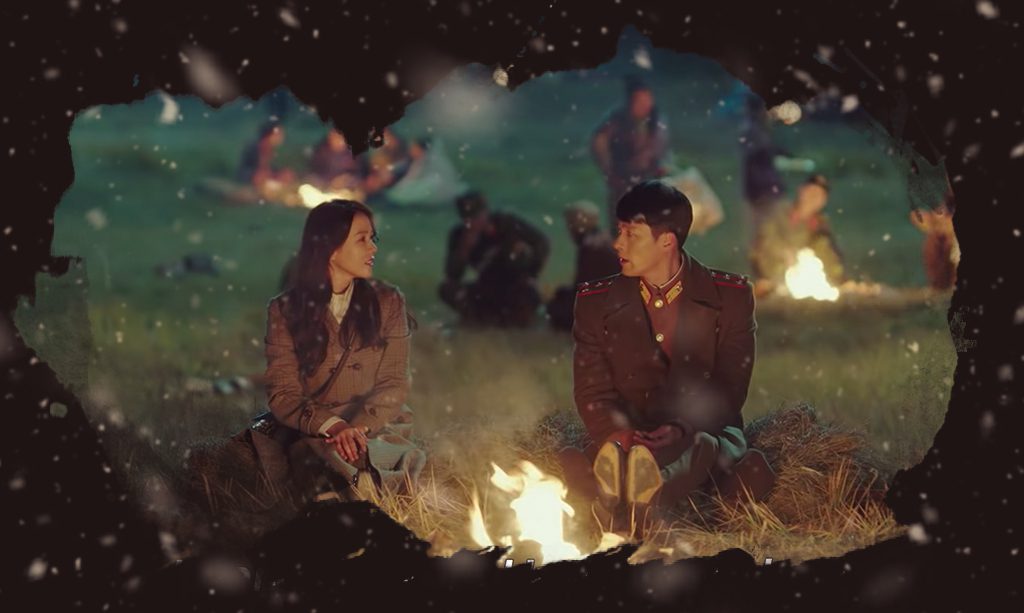








Thanks to this wonderful article Rebecca.
I’ve also this watched this IOTNBO and it leaves me a lot of lesson in life.
Sometimes, we choose not to open ourselves to others and just keep it on our own.
We show to them that we are okay but it’s definitely not.